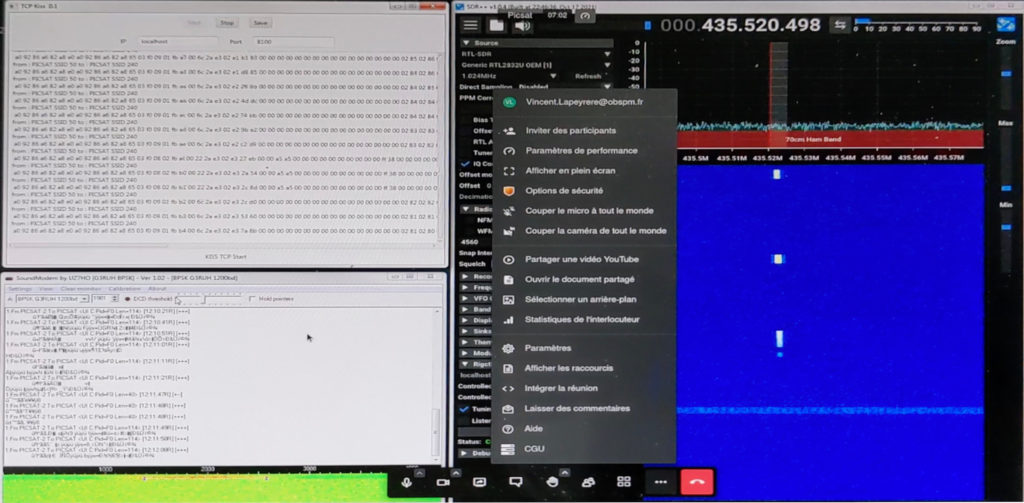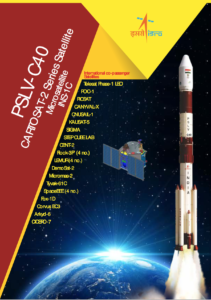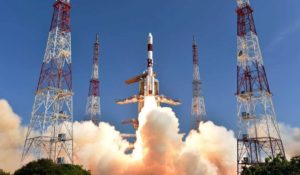In the afternoon of 21 June, Summer Solstice 2022, our PicSat team member Vincent Lapeyrère received a short email from Emmanuel Bertran at the CNRS Laboratoire Atmosphères, Observations Spatiales near Paris. It reads:
Bonjour Vincent,
C’est vraiment PicSat qui est en vie ?
Cordialement.
Emmanuel BERTRAN
CNRS – LATMOS”
(Hello Vincent. Is it really PicSat that is alive?”)
Emanuel was referring to a tweet posted by radio amateur Vlad Chorney (@EU1SAT) 12 hours earlier :
PicSat ACTIVE !!!
— Vlad Chorney ☮️ (@EU1SAT) June 21, 2022
1k2 BPSK@IamPicSat #PicSat #AmSat #CubeSat pic.twitter.com/grxIjvy2bt
In the hours and days that followed more and more radio amateur from all over the world reported on Twitter that they were picking up PicSat. The little satellite was clearly emitting beacons and the faithful and enthusiastic radio amateur community was picking them up.
We couldn’t believe it at first.
In the past few days since that message, we have been meeting every day online. Vincent, who is the only one of the team currently physically at the Paris Observatory at Meudon, with the e-help from all the others, has been able to reboot and start up the Engineering Model of PicSat, still in the PicSat room. Also, we managed to get the Ground Segment up and running. Mathias, working from Cambridge where he is now a Gavin Boyle Fellow in Exoplanet Science, in collaboration with the IT team at the Paris Observatory swiftly managed to get the PicSat website up and running (https://picsat.obspm.fr/home?locale=en). Through this website amateurs can upload their received data to a Data Base and that is happening as we write this message.
Today, with the help of the team and equipment at LATMOS, we were able to send a first TeleCommand (TC) to the satellite and get reaction! We gave an other try in the evening with L’Electrolab (@Electrolab_Fr). This is very exciting indeed!

After more than four years of silence, we are looking forward to find out all we can about our little PicSat still orbiting the Earth at about 480km altitude. We hope that we can even continue our mission and test the telescope onboard. Even though the purported transit of the planet around Beta Pictoris has past, being able to test this technology will be of great value for future missions.
Stay tuned for more!






